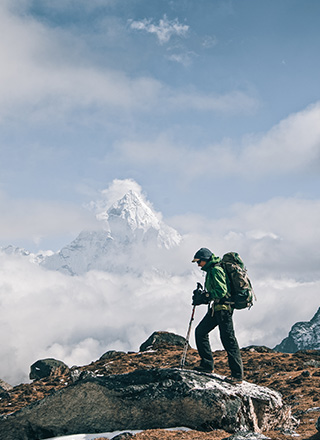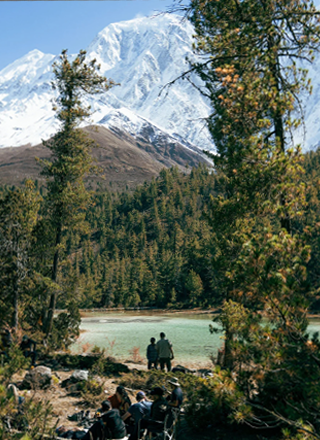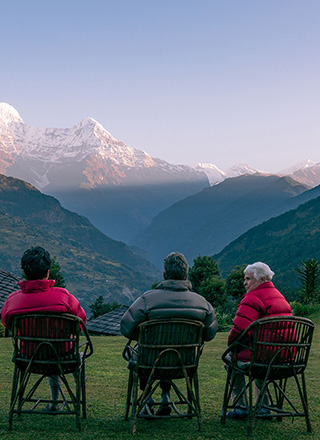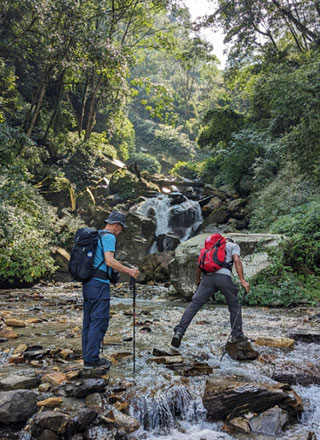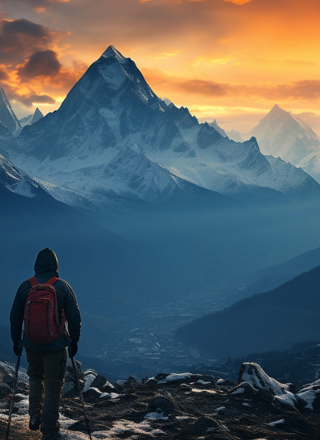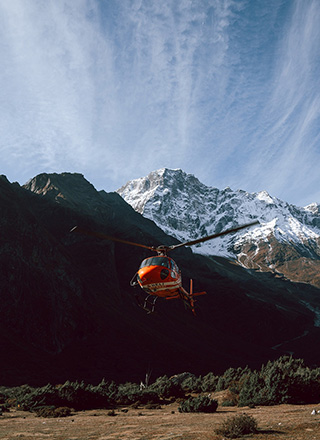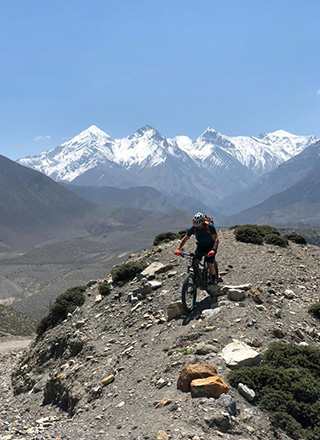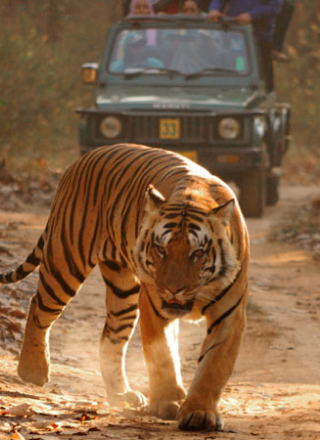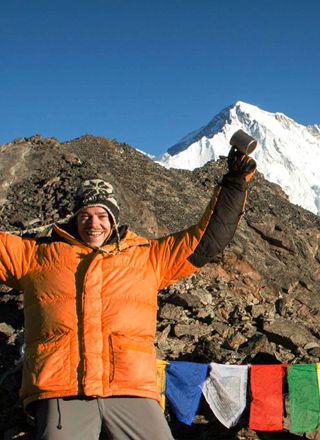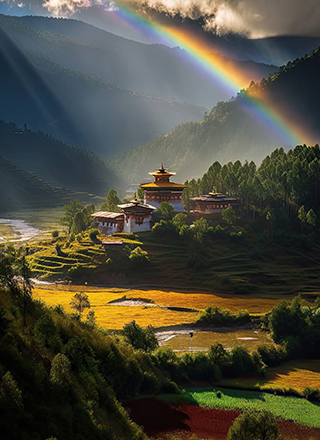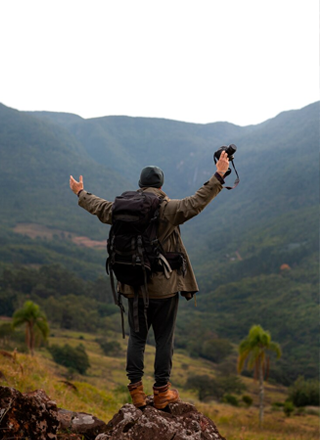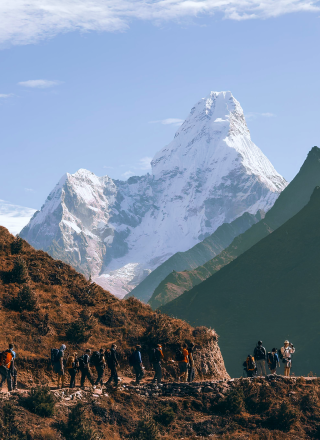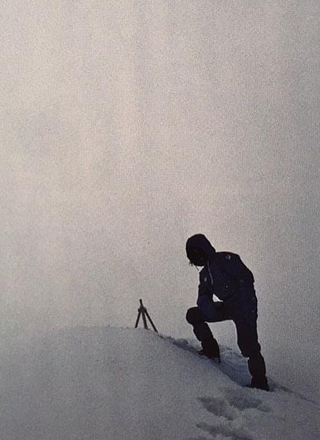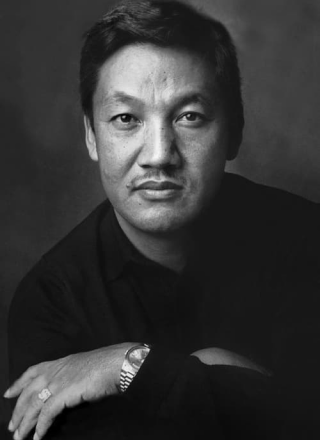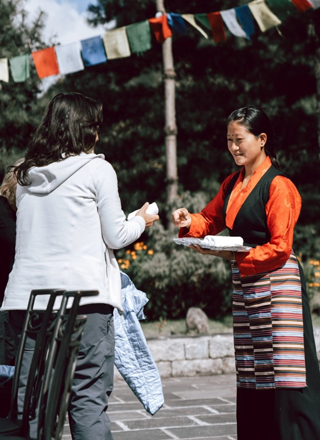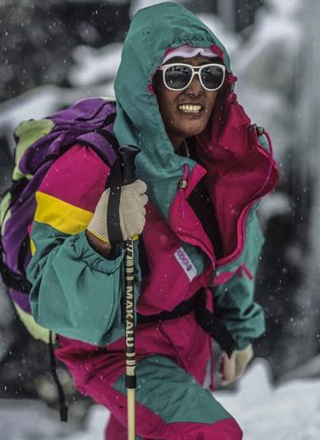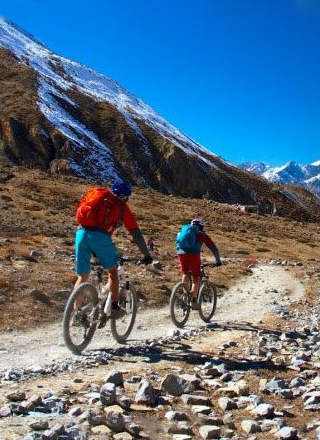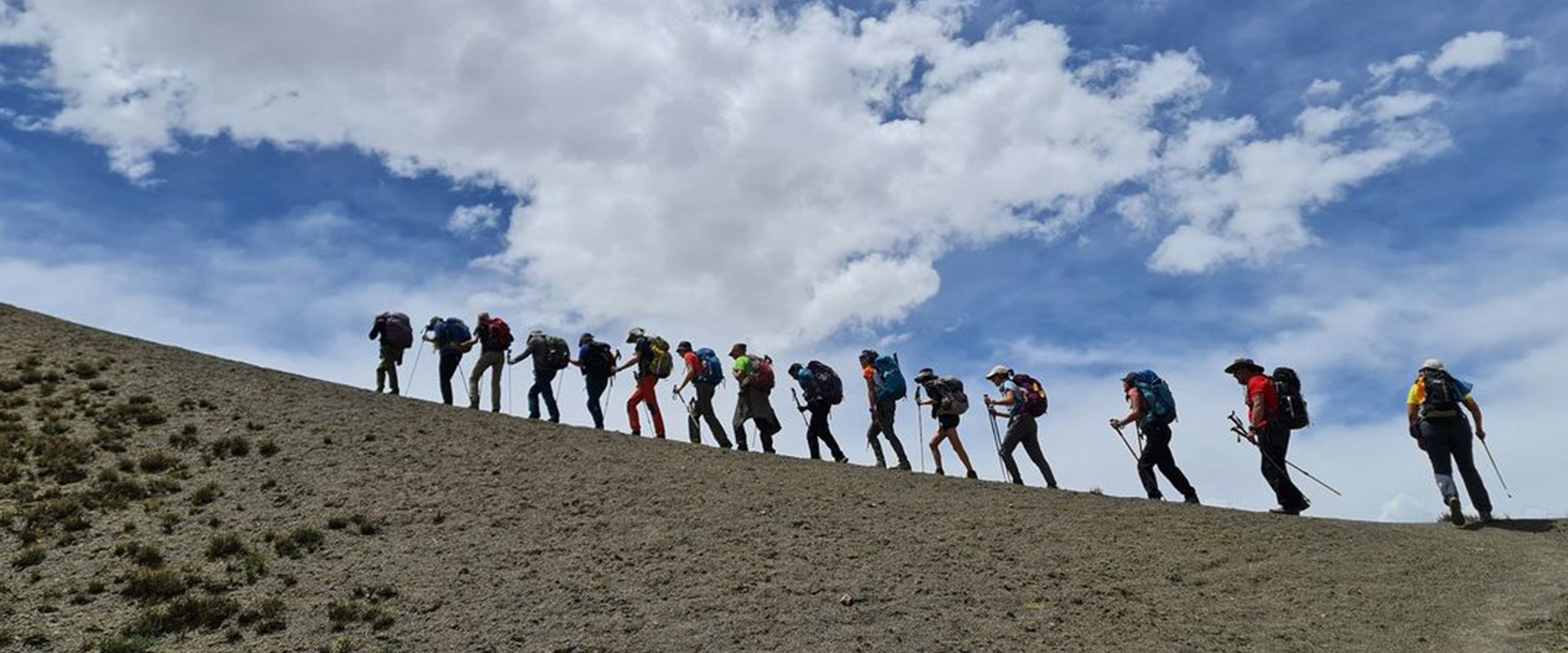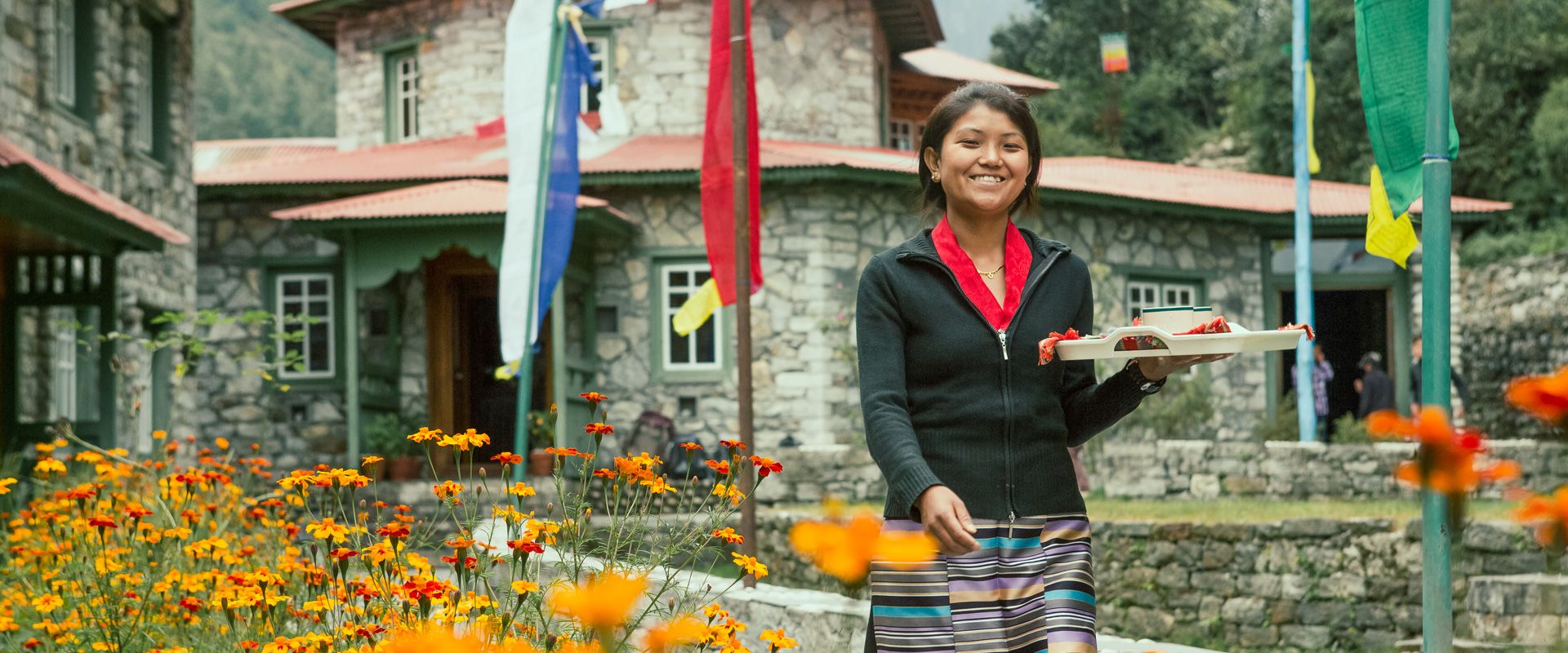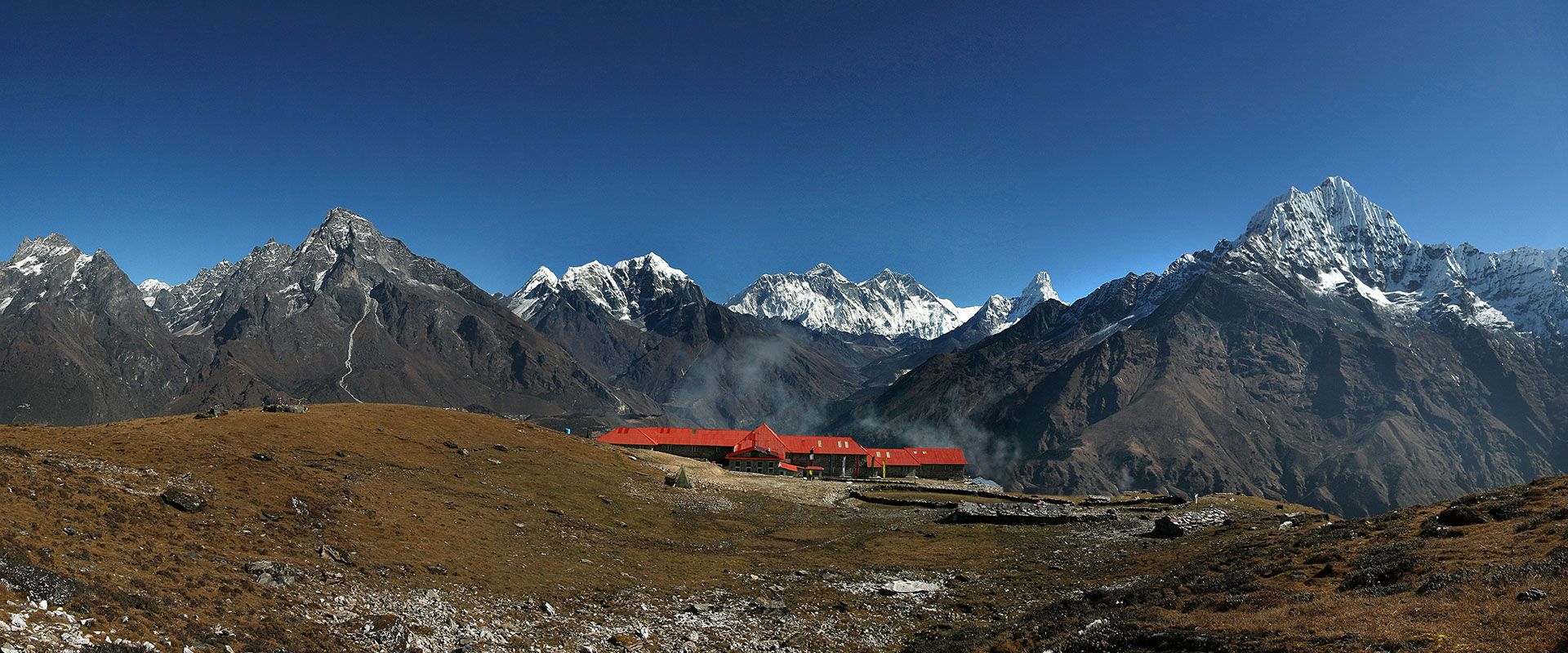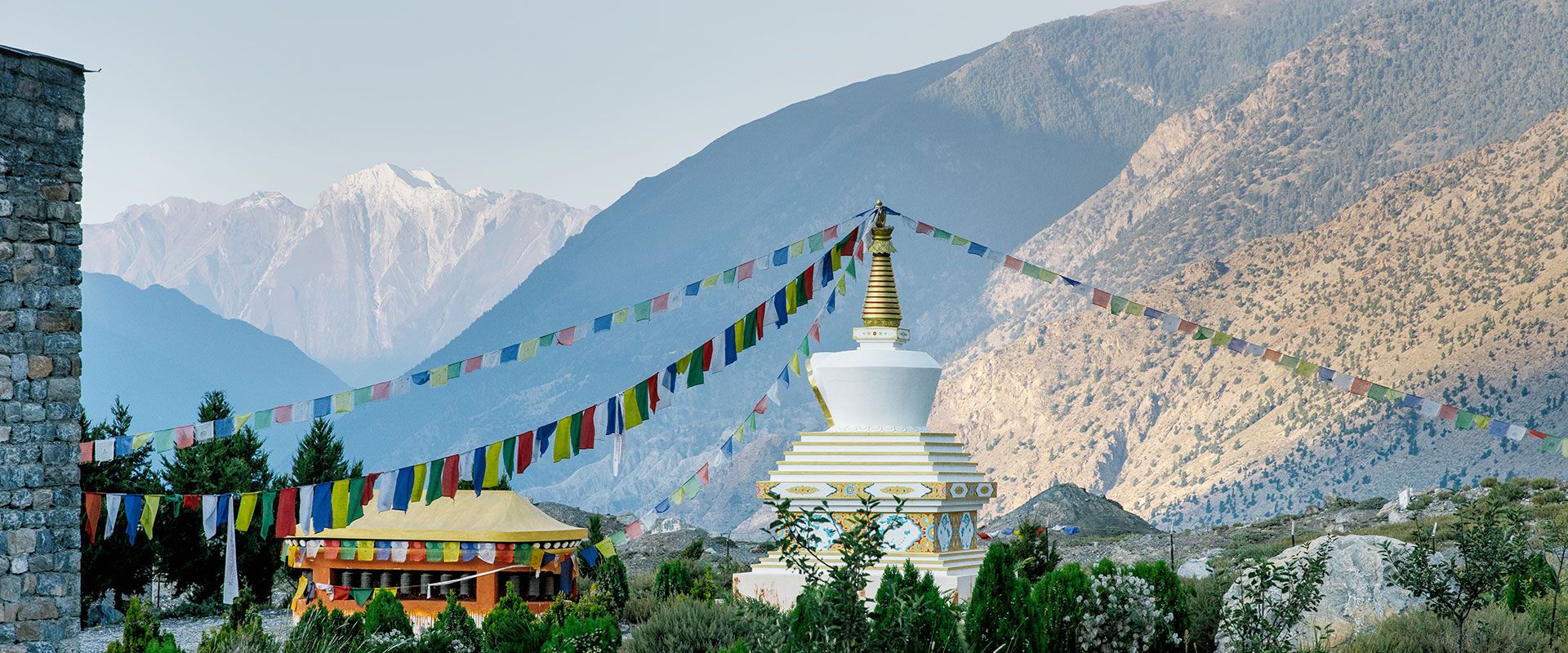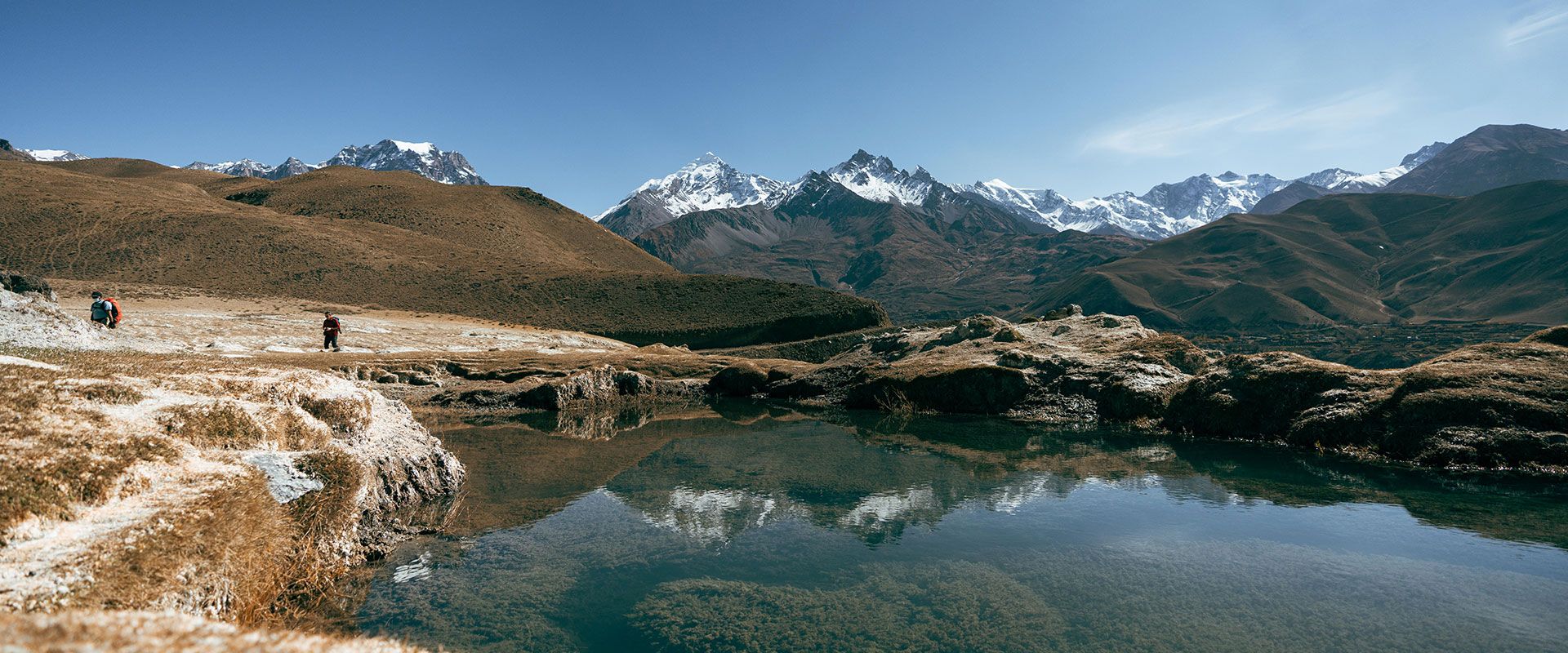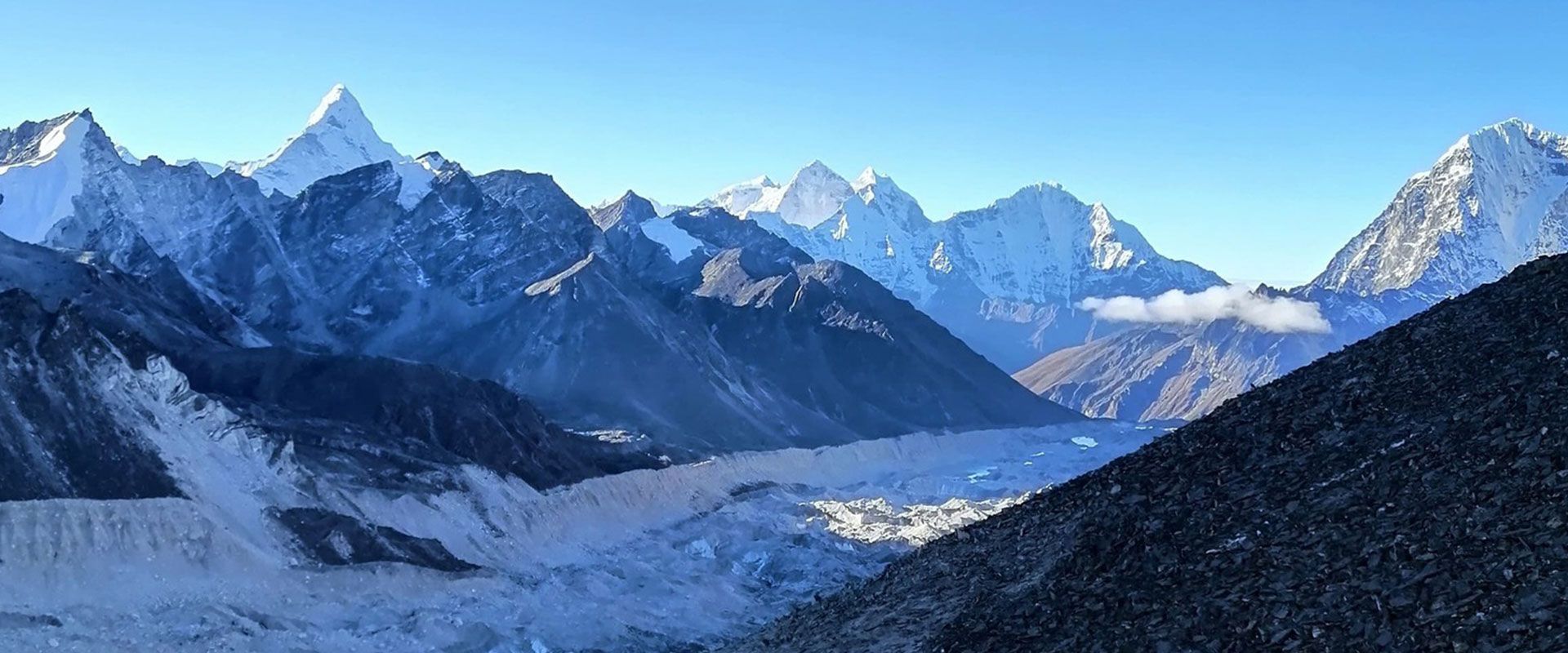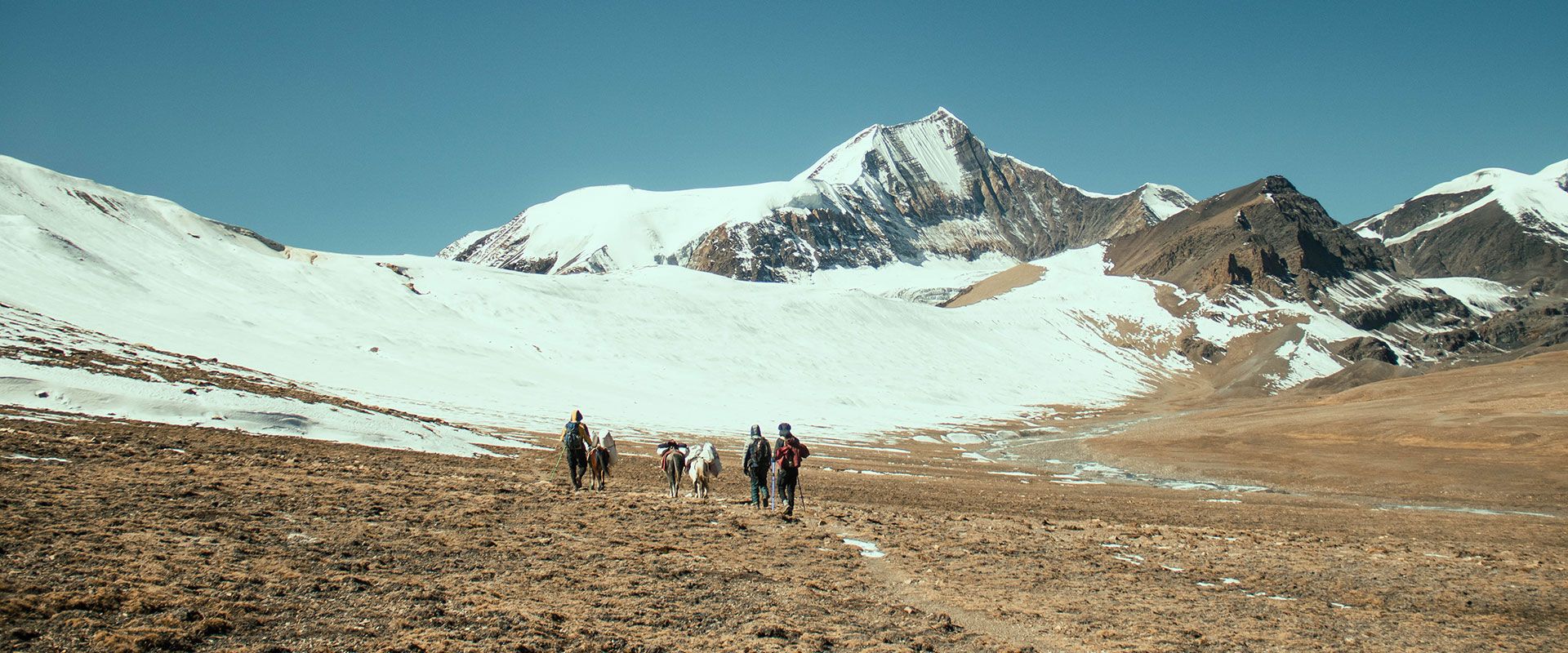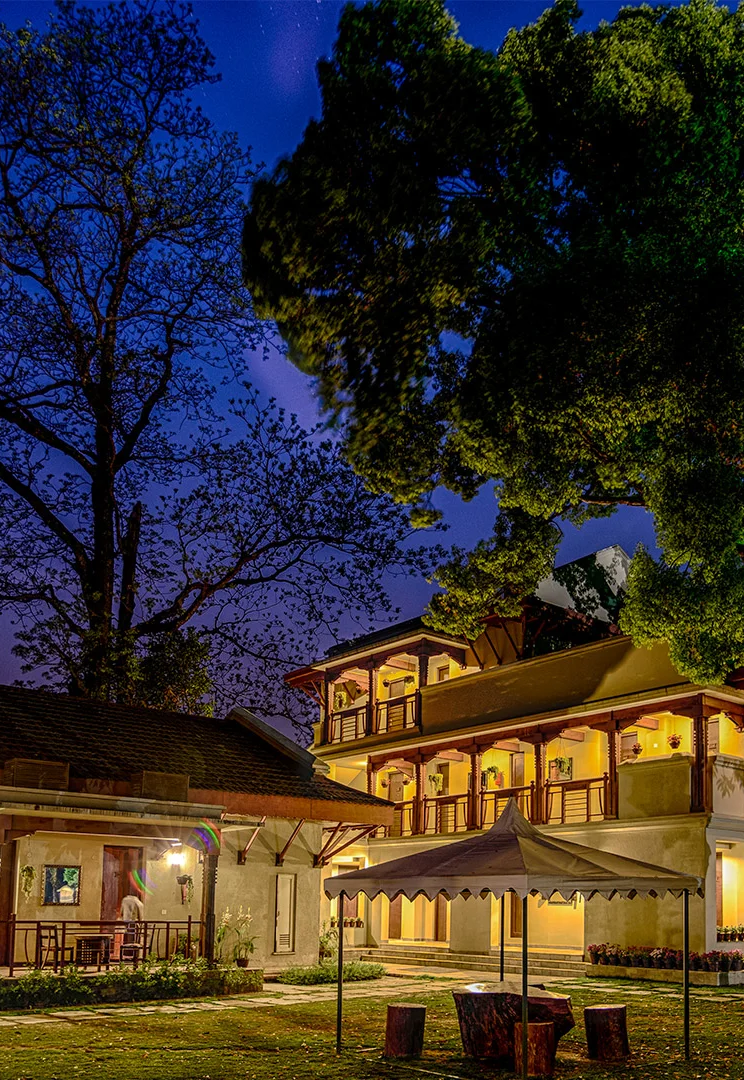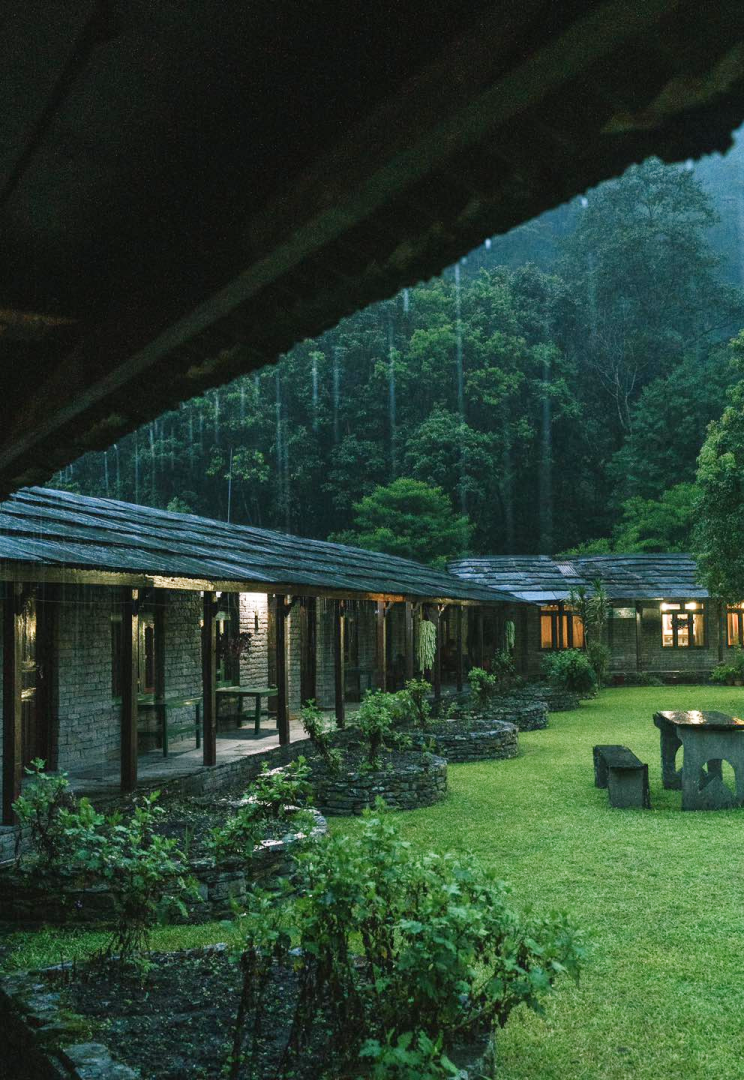- Travel Styles
- Destinations
- Signature & Charity Treks
- Special Project
- About Us
- Contact Us
11 days
10 Nights
Everest Sherpa Trail


OVERVIEW
Trek the High Khumbu: Journey Under Everest’s Gaze
Wake up to a hot drink brought to your room by our lovely Sherpa team. Pack your bags and get ready for the day then potter down to a leisurely breakfast. The porters will arrive as you’re breakfasting to carry your trek bag up to our next overnight stop. We usually walk for an hour or so before taking a break and of course there are lots of wonderful views, people and interesting things and photo stops along the way too. We usually reach our next lodge in time for a late lunch then check into our rooms and relax for a while. Or you might feel like exploring the local village and hills maybe with your guide or maybe by yourself.
We re-group again for drinks around the fire. We finish the day with a three course meal – local style or Western there’s plenty of variety and lots of taste! We tend to drift off to bed fairly early although a quick peak outside at the night sky, particularly higher up where the heavens are really ablaze with stars, can be a late night treat before sleep.
Trip Overview
Destination
Region:
Activity:
Max. Altitude:
Type:
Group size:
Difficulty:
Highlights
“Everest Sherpa Trail”is designed to accommodate trekkers who prefer a comfortable stay while trekking on the classical route to Everest. This trail takes you to the valley of Dingboche with Tengboche monastery and a shot helicopter shuttle to Everest Base Camp and back to Lukla as the major highlight of the trip. Everest Sherpa Trail is based on our comfort mountain lodges – Yeti Mountain Home, situated around the trans Himalaya Range at Khumbu.
The seven lodges are located in Lukla, Phakding, Monjo, Namche, Thame, Kongde & Debuche which lies in the main trekking trail to Everest region. Every individual site of the lodges is chosen taking precaution for environmental impact approved by the Government providing the best view. Each room is designed to offer the guests with modern comfort.
ITINERARY
TAILORED TRIP FOR YOU
Arrival in Kathmandu
Welcome to Nepal! On arrival in Kathmandu you’ll be met at the airport by your representative (they’ll have YMH signboard if you’ve booked direct or the logo of your travel agent if you are through your agent)
There’s a short drive to your hotel. You’ll be served with welcome drink and given the keys to your rooms. Rest of the day is for you to prepare for the trek. We have group welcome dinner where you will be introduced to your other members joining the adventure with you. Your leader will be briefyou on your programs. If you have any question on the trip, it is the right time to ask.
Meals: Breakfast & Dinner
Accommodation: Gokarna Forest Resort

Flight to Lukla (2850m/9317ft) & trek to Phakding (2610m/ 8562ft) 3 hours trekking.
We make an early start to take a spectacular, short mountain flight to Lukla, the start point for our trek. Watch out for the Langtang and Jugal ranges then the RolwalingHimal, Gaurisankar and Menlumtse before getting your first glimpse of Everest on the flight. Our trekking crew meets us at the Lukla airstrip and we’ll spend a few minutes sorting out bags etc before setting off through this winding village to the trek start proper at the Khumbu ‘gateway’. It’s gently downhill on pitched stone trails through low rhododendron forest, small ‘garden’ farms and old and new hamlets to the banks of the foaming DudhKoshiriver. There will be plenty of short stops to meet the locals, take photographs and just soak up the scenery and the clear mountain air as we meander along, the undulating trail glimpsing views of 6000m snow-capped peaks high above. Passing the enormous mani stone at ThadoKosi we meander up through the many chortens and prayer wheels of Sano and along to our destination of YMH Phakding in time for a late lunch. The afternoon is free to rest in the riverside gardens or sun lounge. For those who wish to we’ll make a short trip up to the higher village and delightful tiny gompa perched on the valley side. Gather again for pre-dinner drinks round the fire followed by evening meal.
Meals: BLD
Accommodation: Phakding
Trek to Namche (3440m/11286f) 6 hours trekking.
After breakfast at lodge, we trek to Namche following with the left bank of DudhKoshiRiver.
While following the level path along the right bank from the resort, Thamserku 6623m looms skyward on the opposite bank. After crossing a stream and climbing the terraced hill from the DudhKoshi route, you arrive at Banker. Walking on the riverbed on the left bank, through a forest you arrive at Chumow where you can visit the Vegetable Farm. Walking along a path with many ups and downs, crossing a stream you pass by a small village located at 2840m gaining with 230m from Phakding named Monjo. You stop for lunch here.Then from Monjo, descending stone steps you come to a suspension bridge, and, after a short climb you reach Jorshale. This is the entrance to the National Park, and you must wait here while your guide pays the entrance fees.
Walking beside the river, you reach a forested mountainside and pass a rocky area.After crossing a high, winding path, you descend to the riverbed and reach a V-shaped valley. The river forks here: the right stream is the DudhKoshi and the left is the BhoteKoshi that leads to Nangpa La. Crossing another suspension bridge and walking a short distance alongside the BhoteKoshi, you ascend to Top Dhara where youwill get the first view of Mount Everest. From here you ascend gradually up to Namche Bazaar (The Sherpa capital). Dinner at the evening is included.
Meals: BLD
Accommodation: YMH Namche
Namche Excursion
Today we’ll take a gentle walk to gain a little height and then have the afternoon free to explore the shops and cafes of this delightful little town.
Your guide will take you to a couple of wonderful viewpoints to see the ‘rockstars’ of the mountain world spread out before you: Lhotse, Nuptse, Everest, AmaDablam… they ring the deep valley sides in a magnificent arena. You should also be able to see the monastery at Tengboche and the trails to Everest. If you’re feeling energised we’ll continue on to the delightful villages of Kumjung and Kunde with their health post and school both started by the Sir Edmund Hilary Fund.
After lunch you are free to head down to the Namche market to browse the shops, chat to the locals and maybe pick up a souvenir or two. You may also see the Tibetan traders who make a yearly journey over the high passes from the Tibetan plateau with their yaks laden with goods to sell at the markets. Late in the afternoon there’s an option to visit Namche Monastery. The monastery is about 80 years old and has beautiful Thanka paintings of Tibetan deities. You are most welcome to burn a butter lamp for your loved ones. Dinner at the lodge.
Meals: BLD
Accommodation: YMH Namche
Trek to Debuche(3,770m/12,369ft). 6/7 hrs trekking.
The walk from Deboche to Namche is a beautiful one. A moderate walk for about 6 hours starts with great views of Everest and Lhotse in the morning and following the ridge until you take a drop down to a valley for a lunch stop. After lunch we continue the walk towards Tengboche Monastery – a 17th century monastery with a close view of Thamserku along with AmaDablam facing towards the monastery. Stop by the monastery for a quick view of the monastery and receive a blessing from the Lama, if they are praying.
You take a short dropped from here to reach Debouche where our newly built Yeti Mountain Home, Deboche will be ready with some warm welcome drinks for you where you spend your comfortable night.
Meals: BLD
Debuche excursion
Deboche is basically a small Sherpa settlement that lies between Tengboche and Pangboche with few hotels including Yeti Mountain Home that is newly built. It also has a small nunnery in the area and is mostly covered by the rhododendron forest and birch trees. You can visit the nunnery and have some chats with the nuns living there. You will also make a day hike to Phortse which is a beautiful farming village at an altitude of 3950 meters above sea level. The hike to Phortse Village takes about 2 hrs where you can spend about 1 hour visiting the local and seeing local culture after which you return back to Deboche in 1 hour.
Meals: BLD
Trek to Dingboche (4,410m / 14,469ft). 4 hrs trekking.
With a magnificent view of a rhododendron forest followed by a bridge over the raging Imjakhola (River), we ascend towards Dingboche. We’ll pass the valley wall and then the plain to Pangboche village, the biggest settlement of the Sherpa in the region. This can be a great opportunity to have a lunch with the Sherpa locals and talk about their life in the Himalayas.
Meals: BLD
Dingbohce– Acclimatisation Day
Today an acclimatization hike to the valley of Chukkung will pay off with rewarding views, but taking it easy for today is the important. You start off to Chukkung Valley from where the base camp to Islang Peak goes through. If you are feeling good you can also climb a ridge located behind the village and see six of the world’s tallest peaks including Lhotse, Makalu and Cho Oyu.
Meals: BLD

Heli: Dingboche- short flight to Everest-Lukla; Flight :Lukla-Ktm
After breakfast, you will be taken to the helipad. It is also the best time to bid farewell to your trekking crew and pay gratitude for their service. The helicopter will go for a short flight around Everest Base Camp and drop you to Lukla. From Lukla, you will be boarded on your flight to Kathmandu.
Your driver will be waiting for you at the airport. He will drive you to your hotel Arriving in the bustling city after trek is always a bit of a shock but you are soon in the tranquillity of the hotel. . The rest of the day is free for your to rest and recall the adventure. Lunch & dinner included.
Meals: BLD
Accommodation: Gokarna Forest Resort
Freeday Hotel on Full Board
This is an important contingency day in case of delays to the flights from Lukla. If we have experienced no delays this is an opportunity to explore the fascinating city of Kathmandu. You can explore the city and ask if you require a guided tour. We have farewell dinner tonight where all the group members will join for dinner. Please give your reviews to the leader on the trip and share your experiences. Lunch and dinner included.
Meals: BLD
Accommodation: Gokarna Forest Resort
Final Departure, Transfer to International Airport.
We’ll transfer you to the airport in good time for your international flight. Your breakfast is included in the hotel.
Included
- 3 nights Gokarna Forest Resort on Full Board(Breakfast, Lunch & Dinner)
- 7 nights Ker & Donwey as per program on Full Board
- 1 night Temple Tree Resort on Full Board
- Flight: KTM- PKR(Regular Flight) with airport taxes
- ACAP & TIMS Permit Fee
- 1 English Speaking guide
- Trek Staffs insurance & daily wages.
- All airport transfers
- Transfer: Pokhara airport to Nayapool, Phedi – Pokhara hotel, Pokhara hotel-Bandipur, Bandipur- Kathmandu hotel
Not Included
- Personal Equipment & Insurance
- Personal Expenses (hot & cold beverages, laundry, telephone and other personal expenses)
- Nepal Visa fee US$ 40 per person
- Emergency Evacuation if required
- Tips for Staffs
- Other personal Expenses

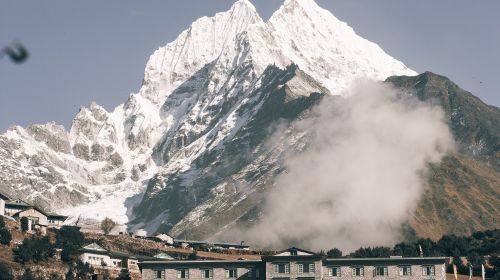


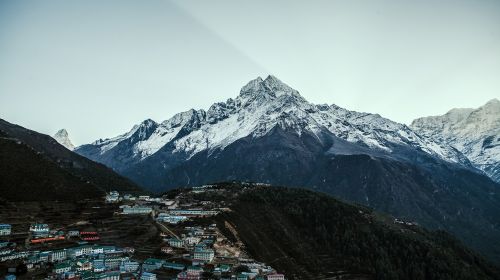
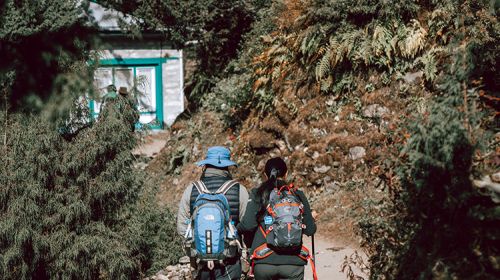

ACCOMMODATIONS
WHERE YOU WILL STAY
Dive into our curated travel styles and find the perfect
adventure that speaks to your heart.
This tour spends three nights in Kathmandu & one night in Pokhara in a hotel and Five nights in Annapurna & two nights in Bandipur in comfort lodges.
In Kathmandu, we usually stay at Gokarna Forest Resort which is located inside the serene
temperate Gokarna Forest, the former private Royal hunting grounds of the Kings of Nepal. A
winding road climbs leads through the forest up to the main complex, comprising a mix of subtly majestic Malla period architecture, Rana period lodges, and sanctuaries harmoniously blending with nature. Temple Tree Resort is by the lakeside which reflects Nepali architecture
with modern touch. Both of the hotels have swimming pool.
In Annapurna & Bandipur, we will be staying at our Ker & Downey lodges. Ker & Downey lodges are a group of luxury lodges situated at the Everest & Annapurna region of Nepal with the comfort of the best boutique hotels: crisp linen sheets, en-suite with hot showers, cozy lounges with log fires and well stocked bar.
FAQs
ESSENTIAL INFO
adventure that speaks to your heart.
Most nationalities require a visa for Nepal, which can be obtained in advance or on entry. If you wish to apply before departure the current visa cost is £20 for a 15 day visa and £35 for a 30 day visa for UK passport holders. The current cost of a visa on arrival is US $25 for 15 days, US $40 for 30 days or if extending your stay $100 for 90 days. All are multiple entry. The visa on arrival fee can be paid for in cash in US Dollars, Pounds Sterling or Euros. You will also need a passport photo. Application forms are available in the immigration hall (or for electronic passports there are visa registration machines which, after inserting your passport, automatically fill out a form for you). You must firstly join the queue to pay the visa fee, and then go to the relevant immigration desk to obtain your 15, 30 or 90 day visa stamp. There can be long queues for visas on arrival.
There are no mandatory vaccination requirements. Recommended vaccinations are: Polio, Tetanus, Diphtheria, Typhoid, Hepatitis A. The risk of malaria is present in certain regions only (such as Chitwan); you may wish to consult your GP or travel health clinic for further advice. Dengue fever is a known risk in places visited. It is a tropical viral disease spread by daytime biting mosquitoes. There is currently no vaccine or prophylaxis available for Dengue, and therefore the best form of prevention is to avoid being bitten. We recommend you take the usual precautions to avoid mosquito bites. Most of our trips to Nepal go to high altitudes where there is a risk of being affected by Acute Mountain Sickness. Our itineraries are designed to enable everyone to acclimatise to these altitudes, but you should be aware that it is still possible for you to be affected. Please refer to the TRIP NOTES for complete advice on AMS.
Breakfast is included throughout the trip and all meals are provided while camping (all breakfasts, 3 lunches and 2 dinners).
Breakfast is included throughout the trip and all meals are provided while camping. On trek the breakfast will be a set menu usually consisting of porridge and toast. Any additional items that are not included in the set menu should be ordered and paid for separately. We do not include lunch and dinner in the tea-houses, allowing you to choose what you want to eat and when. Although most lodges have almost identical menus, they are reasonably extensive and offer a varied selection, ranging from traditional Nepalese dal bhat to pizza and apple pie.
Although meat is available in the tea houses, we advise against eating it on trek. The meat has often been carried in the heat from lower altitudes for several days before reaching the lodges, and can cause stomach upsets or illness. Germs can also be spread by handling dirty money – we recommend using hand sanitiser.
If you buy imported food and drink whilst on trek you will spend more than the suggested amount.
Drinking Water
Staying hydrated is important when undertaking any physical activity but particularly so at altitude where it is generally recommended to drink at least 3-4 litres per person per day.
We strongly encourage you not to buy bottled water on trek as this contributes to the growing problem of plastic pollution in Nepal’s trekking areas.
All tea houses will provide cold water free of charge, if requested. Although this should not be drunk untreated, we recommend that you bring a reusable bottle with a wide opening (Nalgene or similar) with you and use a SteriPEN to treat it with. A SteriPEN is a handheld UV water purifier – small, lightweight and battery powered so easy to pack for a trek. In Nepal’s trekking regions most of the bottled water isn’t strictly ‘mineral water’ anyway but is UV treated, so it’s exactly the same technology. It’s quick to use, far more effective than purification tablets, and the water is ready immediately. It’s fine to use a SteriPEN on non-boiled water so long as it isn’t cloudy or full of sediment (which is uncommon in these regions).
SteriPENs are widely stocked on Amazon, outdoor shops and other online retailers; look for the latest models but avoid USB charging ones. Better still, a SteriPEN will pay for itself over the course of the trek and you won’t leave behind a single plastic bottle – you will end up spending the same or even less than you would on bottled water, plus you can keep it for future trips.
If you prefer not to invest in a SteriPEN, the tea houses also sell boiled water for approx. Rs150-300 per litre (the price increases the higher you trek) which should not require treating. This is also perfect for a bedtime refill as it can double up as a hot water bottle.
While camping boiled water is supplied for drinking.
The main trekking season in Nepal is from October to mid-May when daytime temperatures at most altitudes are generally comfortable for walking, the sky is clear much of the time and rain and snow are occasional occurrences. Daytime temperatures will vary from 15ºC to 35ºC in the Kathmandu Valley to around 10ºC at 3,600m and progressively lower the higher we go.Different seasons offer different advantages for trekking.
Post Monsoon/autumn: Mid-September to November. This is the main trekking season in Nepal. Day temperatures in Kathmandu are approximately above 20ºC. Skies are usually clear and days on trek are sunny and mild with clear mountain views. At the highest altitudes although the days can be nice and sunny the temperatures can drop to 10ºC and much lower. Nights will be colder with temperatures dropping as low as minus 10ºC and lower at the highest altitudes.
Pre-monsoon/spring: March to May. Both day and night temperatures will be warmer in general but haze will often build up in the afternoons. It is very hot in the lowlands and temperatures rise to 35ºC in Kathmandu. Flowers bloom in this season and this is one of the reasons people chose to trek in spring.
Snow can be expected on any departure, usually at the higher altitudes. Summit day will be a very early start (usually about 2am) and will be extremely cold. Although mostly it is calm and clear on summit day the mountain does occasionally get high winds. You need to be equipped for temperatures as low as minus 25ºC plus wind chill on summit day.
Please remember that in any mountain area the weather is never wholly predictable and you should be prepared and equipped to deal with any differences in weather beyond the conditions described above.
ESSENTIALS
EQUIPMENT CHECKLIST
Ensure you have all the essentials to make your trip
safe and enjoyable.
Body Wear
- Selection of T- shirts and long sleeved shirt preferably not cotton.
- 1 Warm shirt possibly fleece for colder areas
- 1 Fleece jacket or warm wool jumper
- 1 Windproof and waterproof outer shell garment
- 1 Down jacket (can be rented in Kathmandu cheaply)
Hands/Head Wear
- 1 Wool or fleece hat, or balaclava
- 1 Pair of sunglasses or goggles
- 1 Sunscreen lotion and lip balm
- 1 Pair of warm gloves
Foot Wear
- 1 Pair of walking boots with suitable ankle support and waterproofing
- 1 Trainer or casual shoes for trekking and for traveling
- 3 – 4 pairs of Warm socks for colder areas
Leg Wear
- 1 Loose, casual trousers for trekking
- 1 Waterproof trousers (can also be bought in Katmandu for cheap)
Backpack
- Personal back pack for trekking 25 litre for personal items
- Duffle bag 25/30 litre for personal clothings which is provided in Kathmandu office
Other Equipments
- Sleeping bag (comfort rated – 15ºC)
- 30 Litre Rucksack with cover
- Large size Duffel Bag with padlock
- Headlamp with spare batteries
- Water bottles 1 Litre X 2
- Thermos
- Basic First Aid Kit including: antiseptic cream, throat lozenges, diarrhea treatment (Imodium), altitude (Diamox), painkillers, plasters and blister treatment, insect repellent, and re-hydration salts (Dioralite). Glucose tablets and multi-vitamin tablets are also a good idea.
Miscellaneous Items
- 1 Pair of trekking poles
- 1 Toiletry bag with ZIP LOCK
- 2 Pairs of Towels
- Water Purifying Pills
- 1 Sun lotion
- 1 Lip balm
- 1 Dairy book for personal memoranda
- 2 Pen or pencil
- 1 Water bottle 1 ltr.
- 1 Pocket knife (DO NOT carry it in your carry-on luggage)
“Six out of Six”
Yeti Mountain Home Thame was the third of six Yeti Mountain Homes we stayed in. Loved the ambiance. Loved the village. A huge bedroom. Once again – brilliant food and warm welcoming staff. The decor was stunning and the house arrangement interesting.
LOIS OMAN

“Six out of Six”
Yeti Mountain Home Thame was the third of six Yeti Mountain Homes we stayed in. Loved the ambiance. Loved the village. A huge bedroom. Once again – brilliant food and warm welcoming staff. The decor was stunning and the house arrangement interesting.
LOIS OMAN

“Six out of Six”
Yeti Mountain Home Thame was the third of six Yeti Mountain Homes we stayed in. Loved the ambiance. Loved the village. A huge bedroom. Once again – brilliant food and warm welcoming staff. The decor was stunning and the house arrangement interesting.
LOIS OMAN

FEATURED JOURNEYS
ALSO SEE THESE TRIPS
We have handpicked some of our favourite iconic Nepal trips we think you will love.
ENQUIRY
CONTACT OUR TRAVEL EXPERTS
within 24 hours.
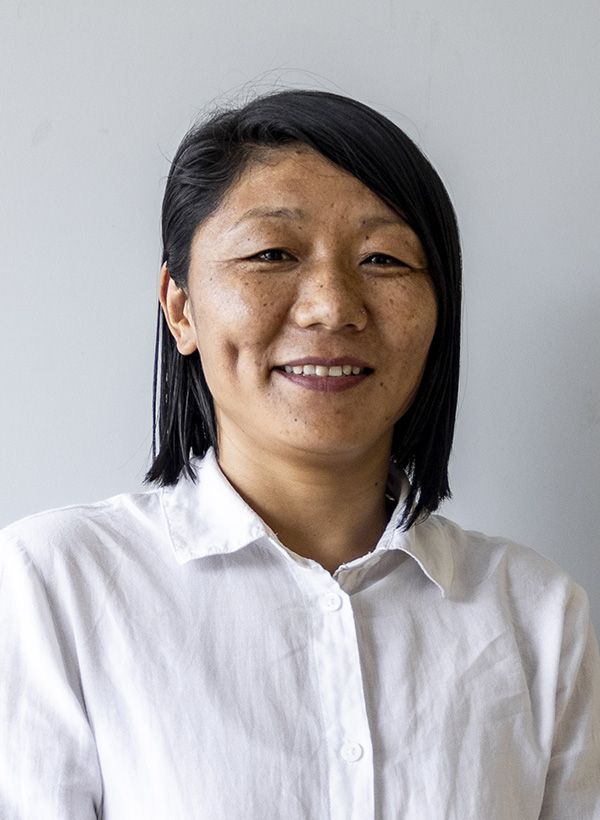
NIRMALA GURUNG 
+977 9801223978
nirmala@thamserku.com
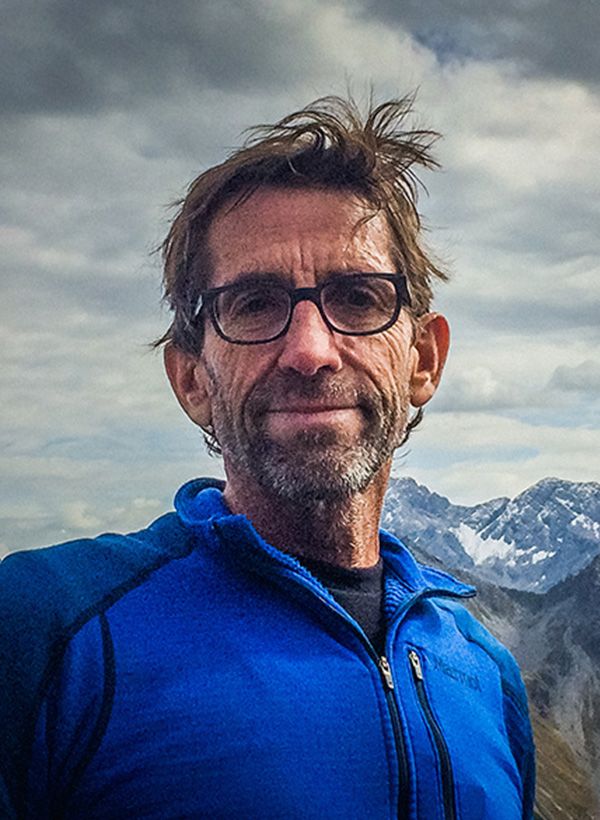
MICHAEL SCHOTT 


+49 174 9755492
m-schott@neumann-grafik.de
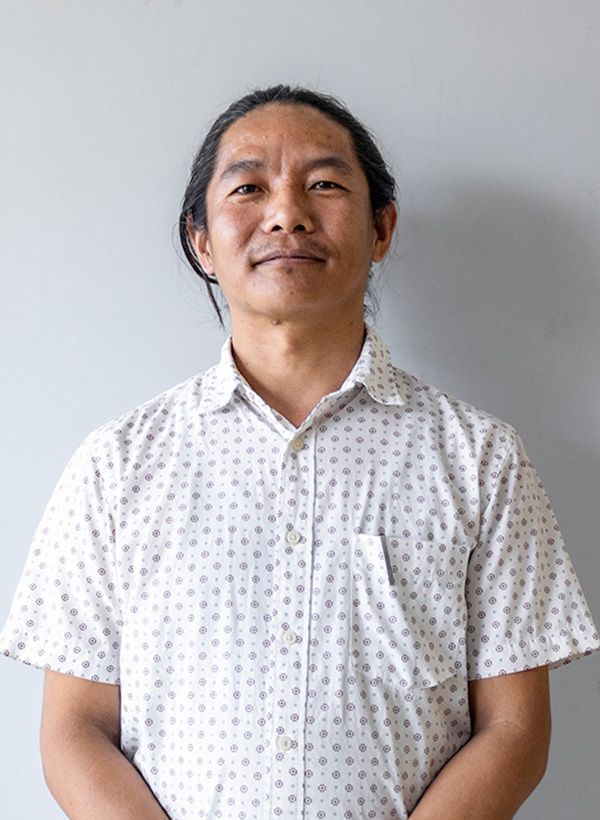
KUMAR RAI 
+977-9801236280
kumar@thamserkutrekking.com
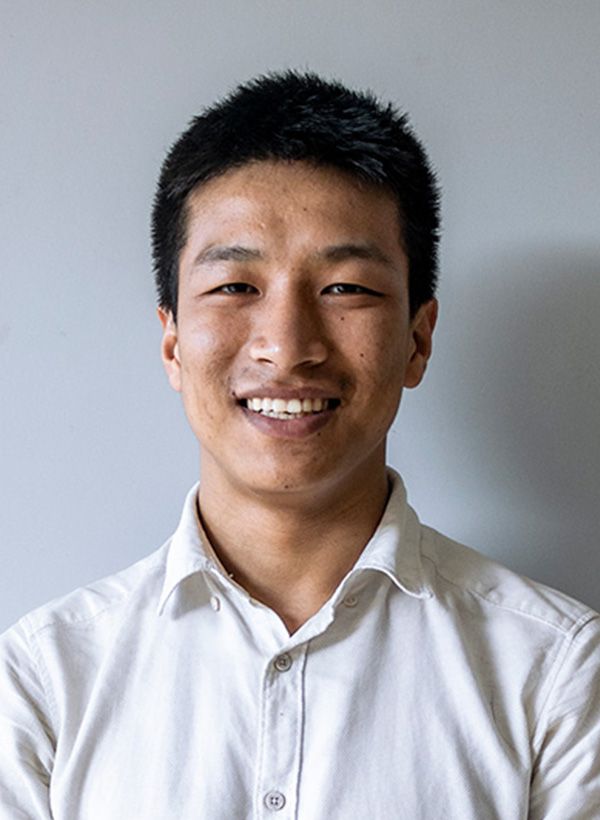
NIMTE SHERPA 
+977-9801223977
info@thamserkutrekking.com
BOOK YOUR TRIP BOOK YOUR TRIP BOOK YOUR TRIP BOOK YOUR TRIP BOOK YOUR TRIP BOOK YOUR TRIP BOOK YOUR TRIP BOOK YOUR TRIP BOOK YOUR TRIP BOOK YOUR TRIP BOOK YOUR TRIP BOOK YOUR TRIP BOOK YOUR TRIP BOOK YOUR TRIP BOOK YOUR TRIP BOOK YOUR TRIP BOOK YOUR TRIP BOOK YOUR TRIP BOOK YOUR TRIP BOOK YOUR TRIP BOOK YOUR TRIP BOOK YOUR TRIP BOOK YOUR TRIP BOOK YOUR TRIP BOOK YOUR TRIP BOOK YOUR TRIP BOOK YOUR TRIP BOOK YOUR TRIP BOOK YOUR TRIP BOOK YOUR TRIP BOOK YOUR TRIP BOOK YOUR TRIP BOOK YOUR TRIP BOOK YOUR TRIP BOOK YOUR TRIP BOOK YOUR TRIP BOOK YOUR TRIP BOOK YOUR TRIP BOOK YOUR TRIP BOOK YOUR TRIP BOOK YOUR TRIP BOOK YOUR TRIP
